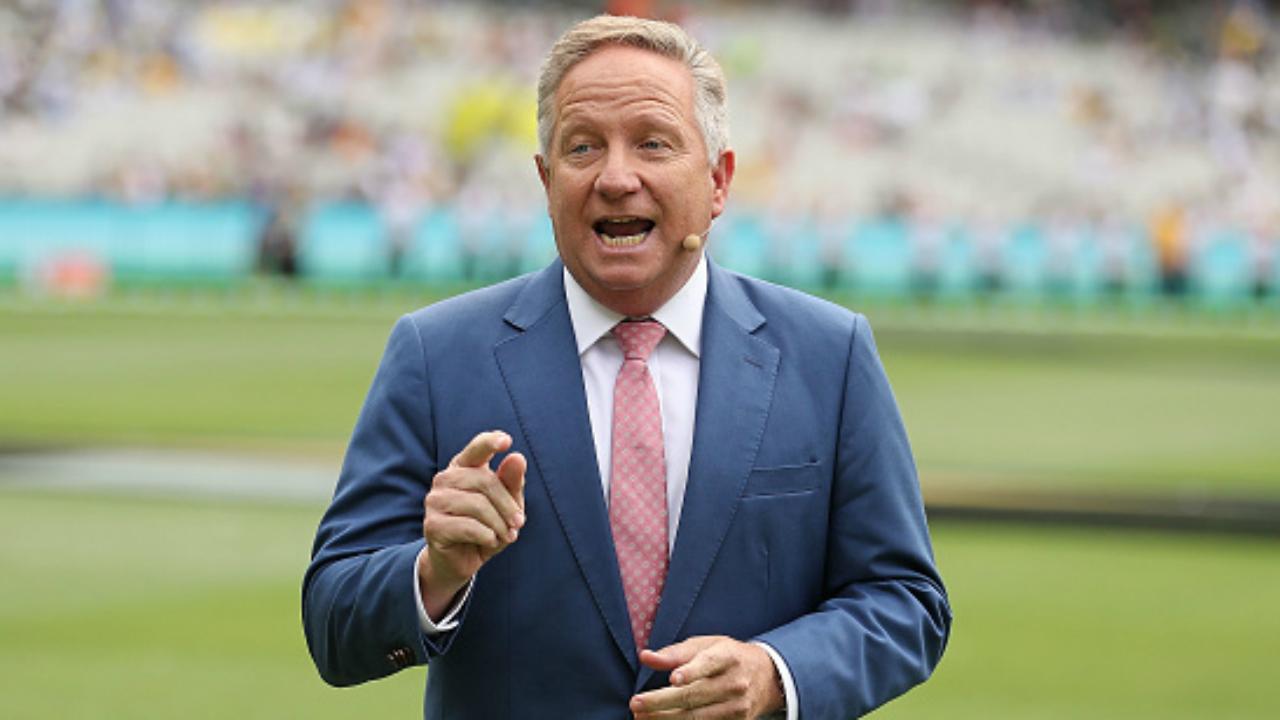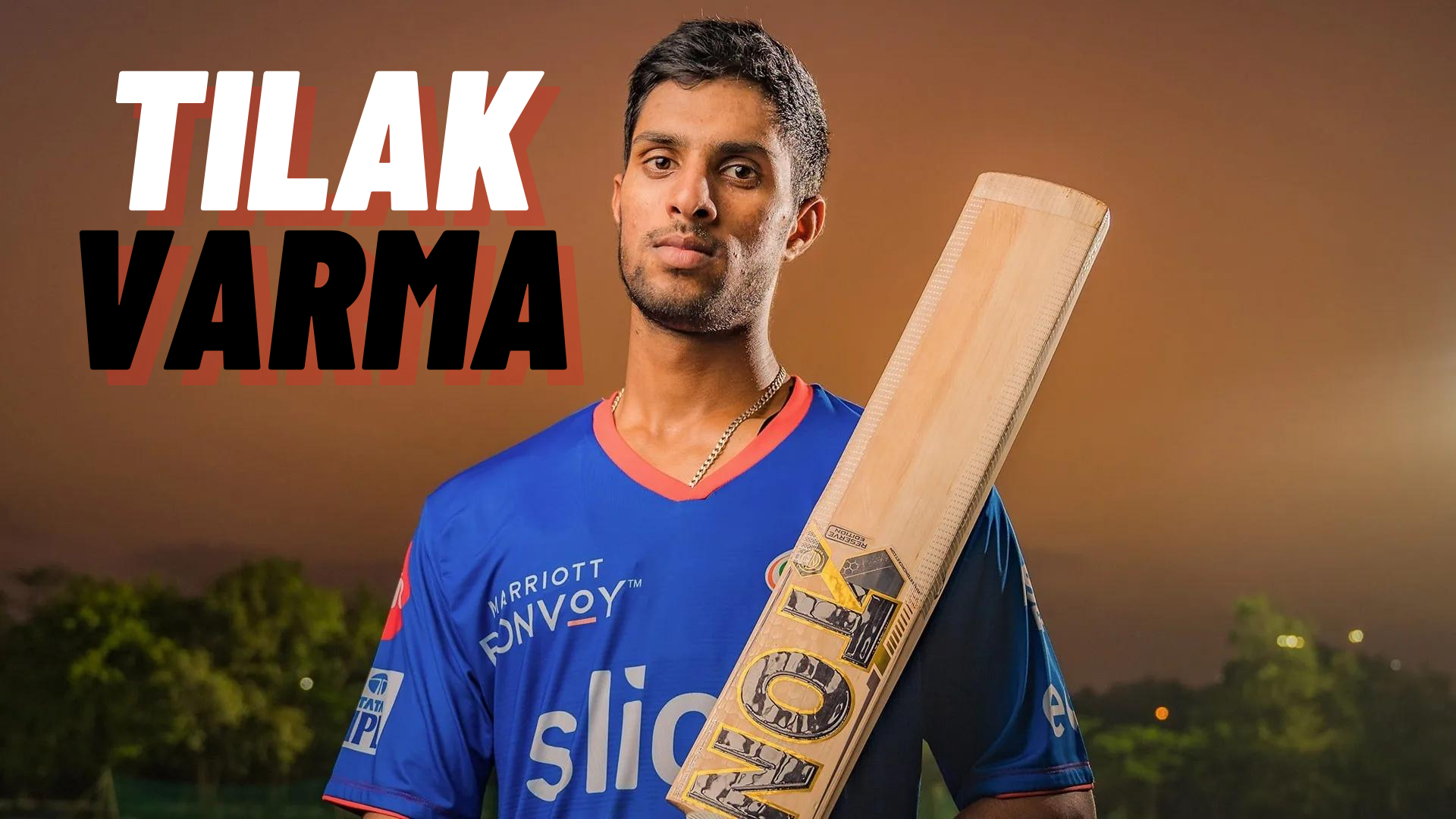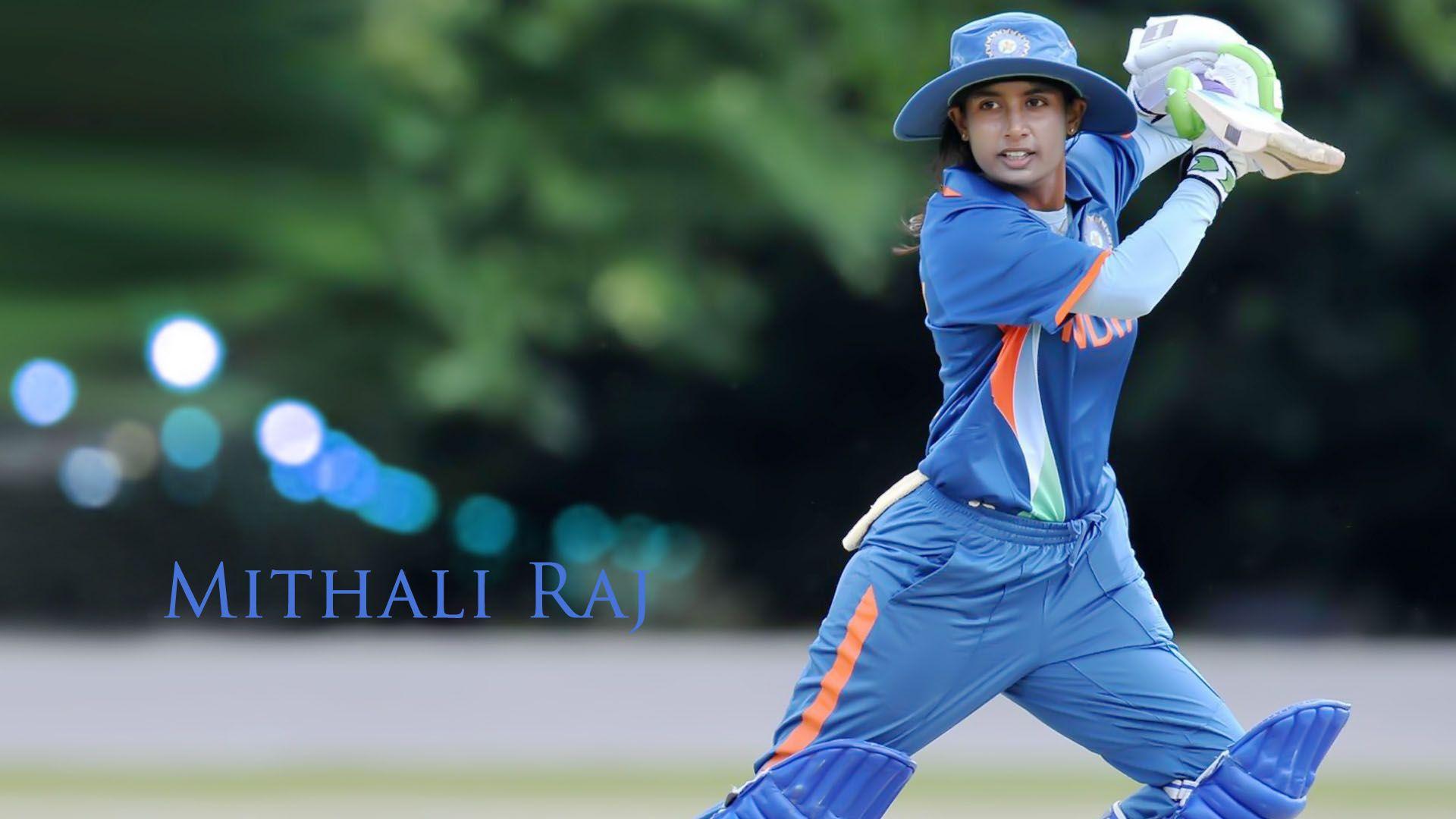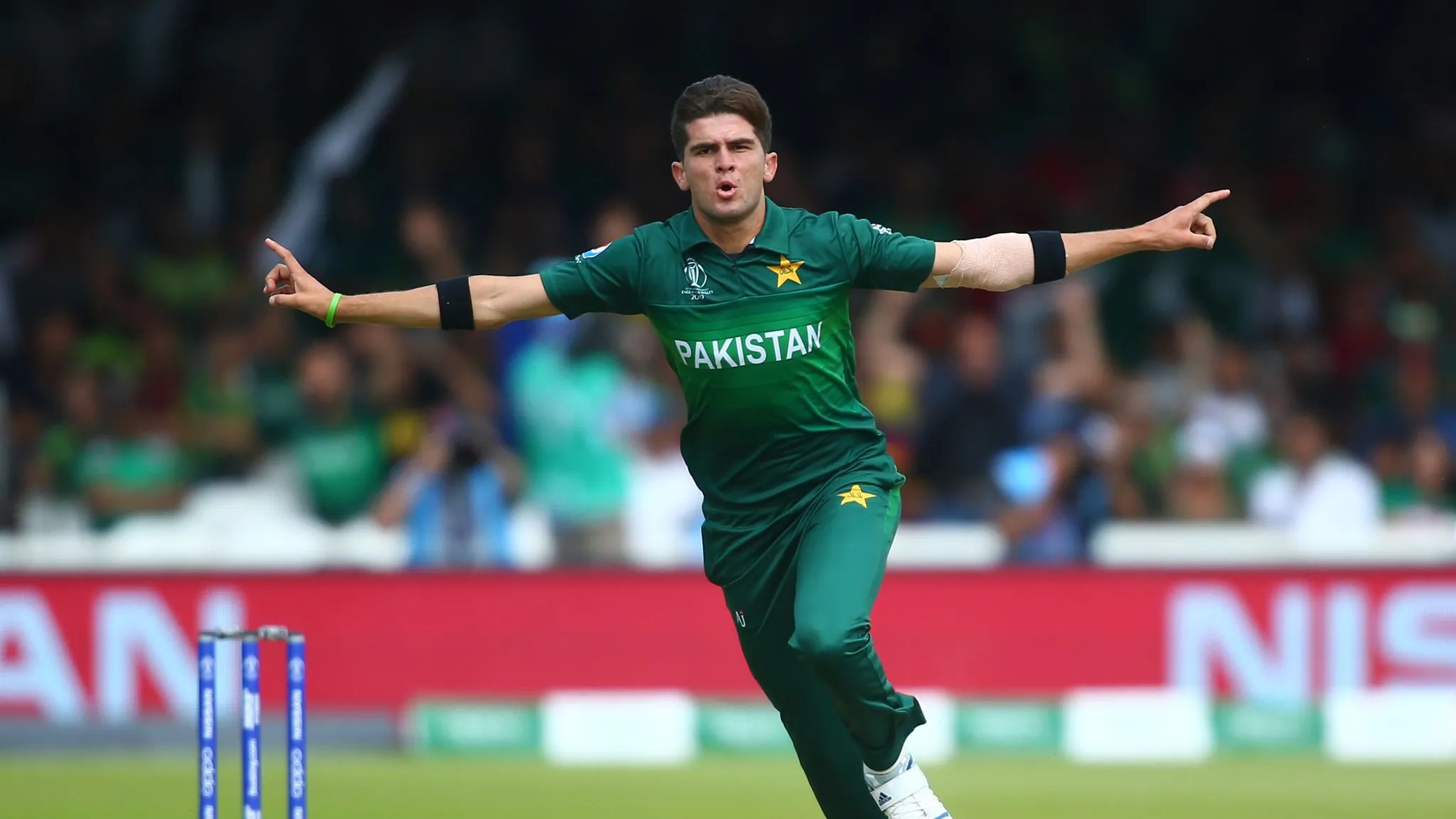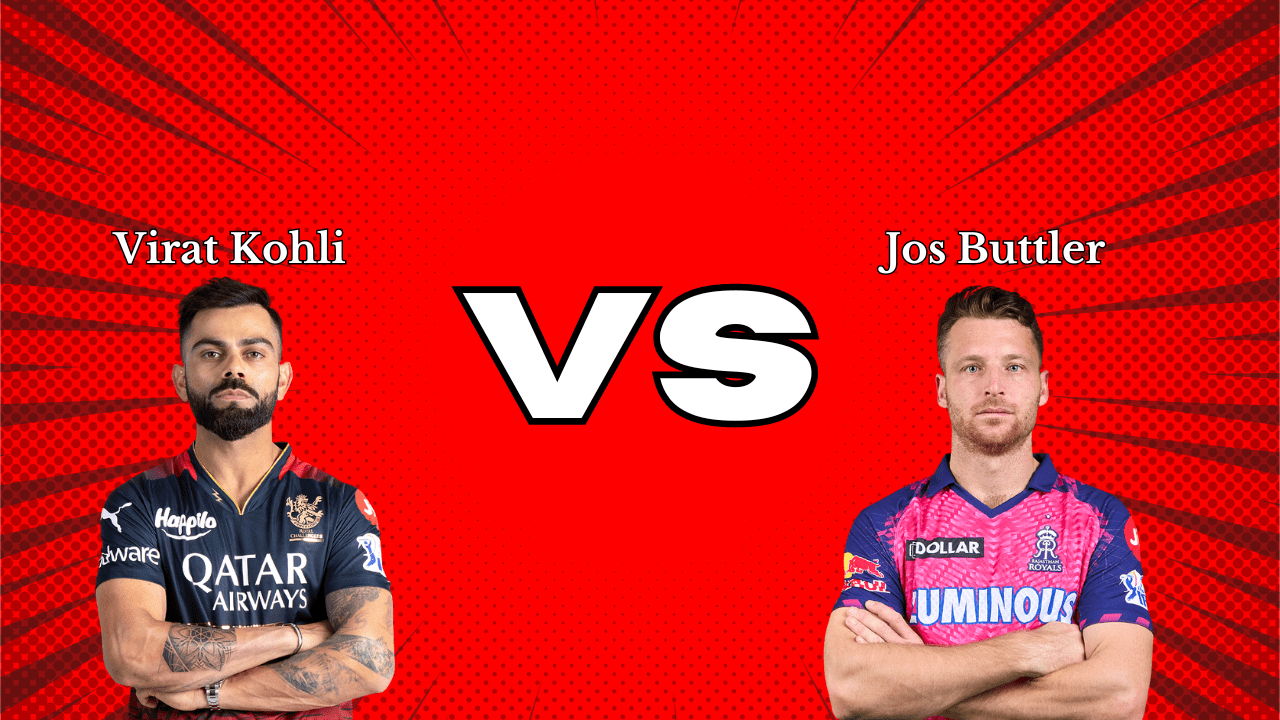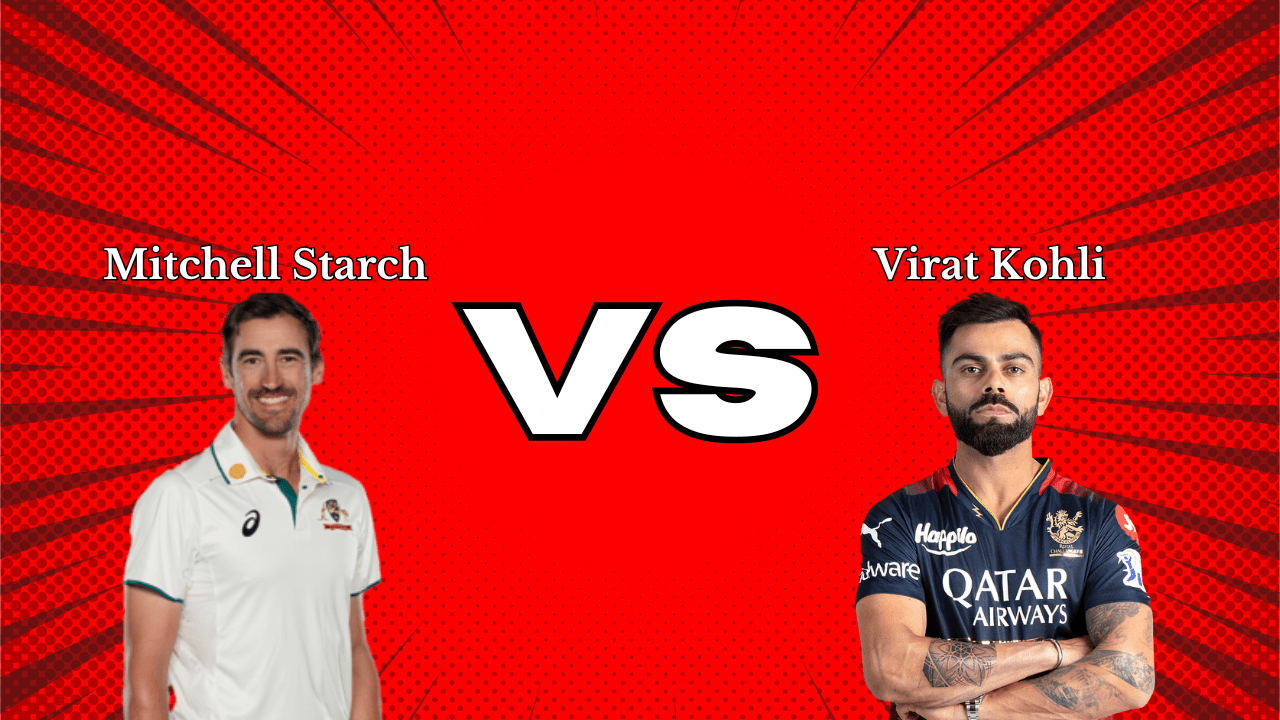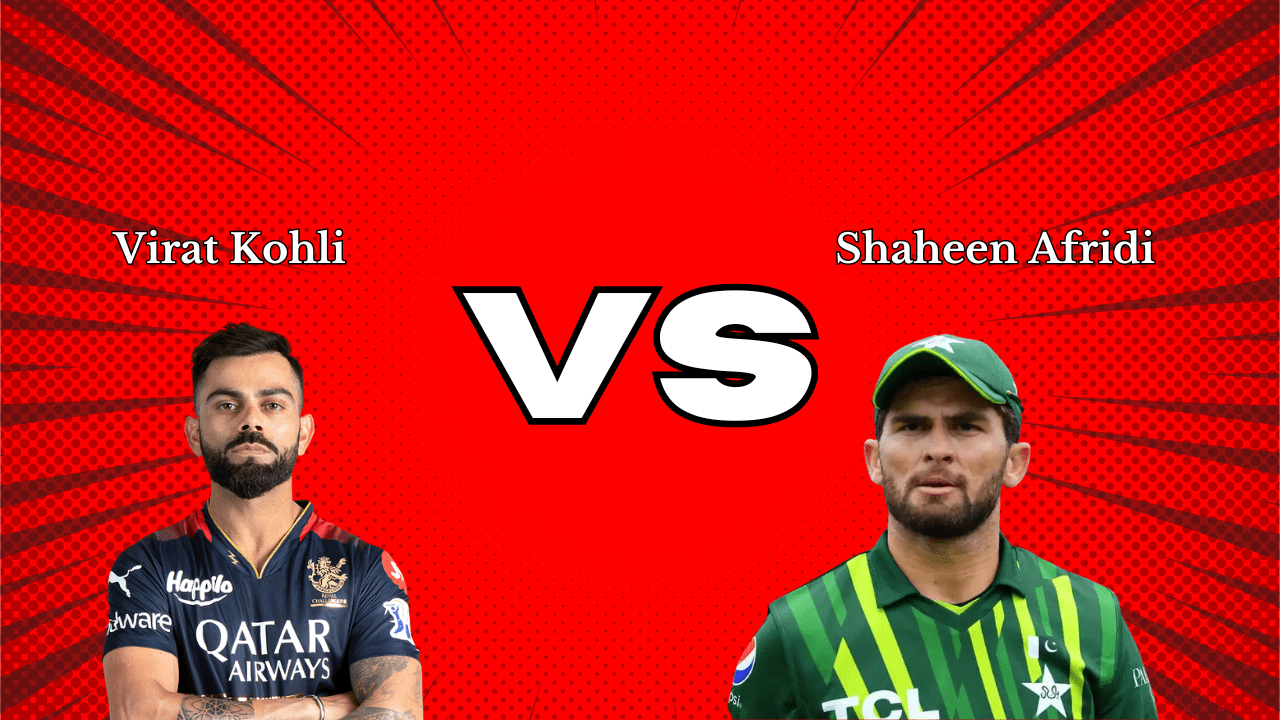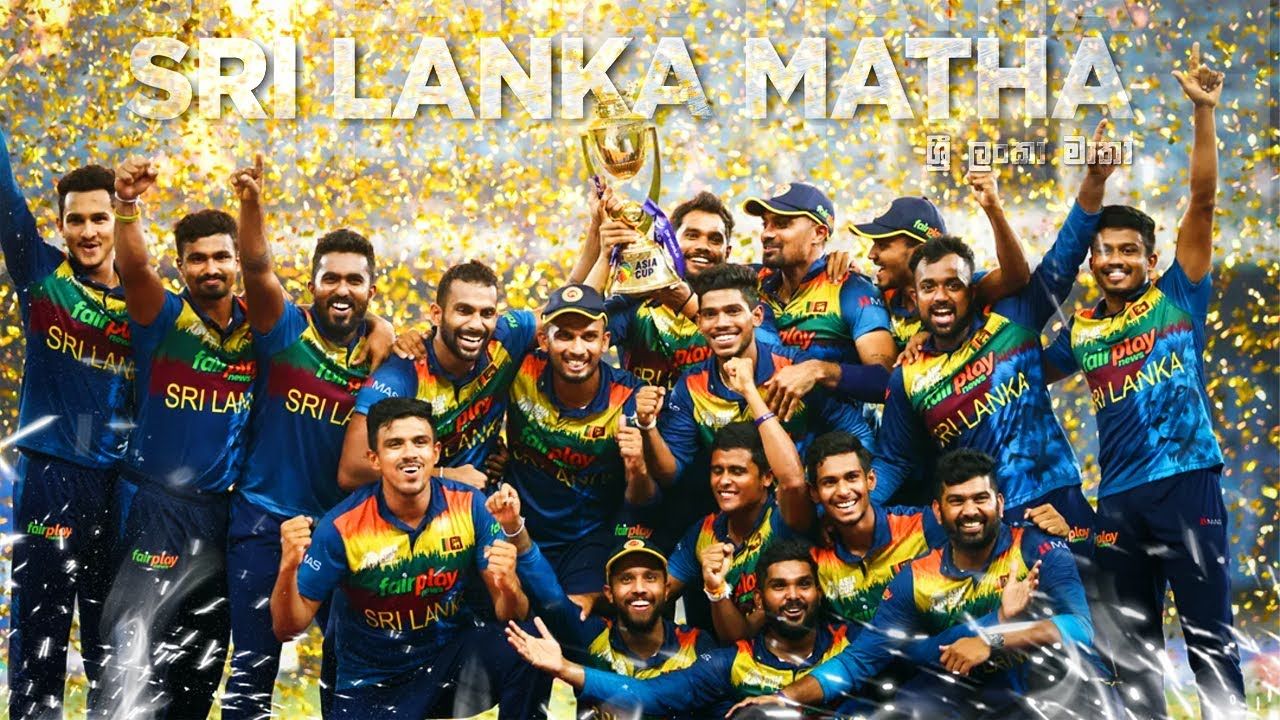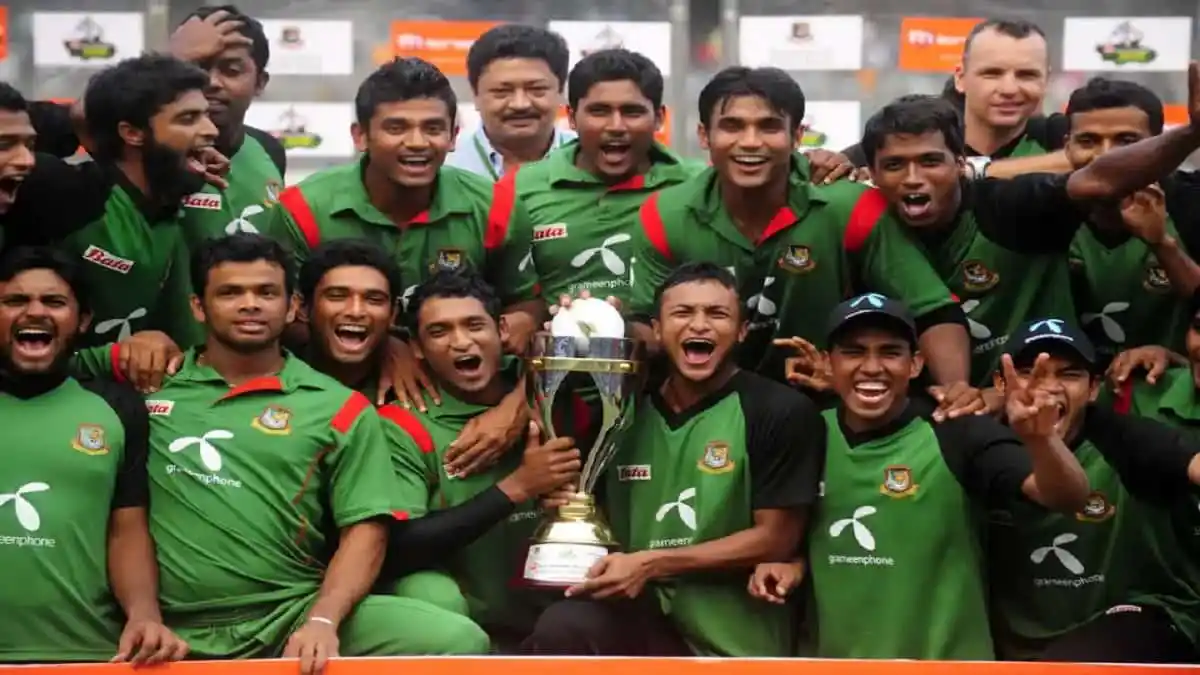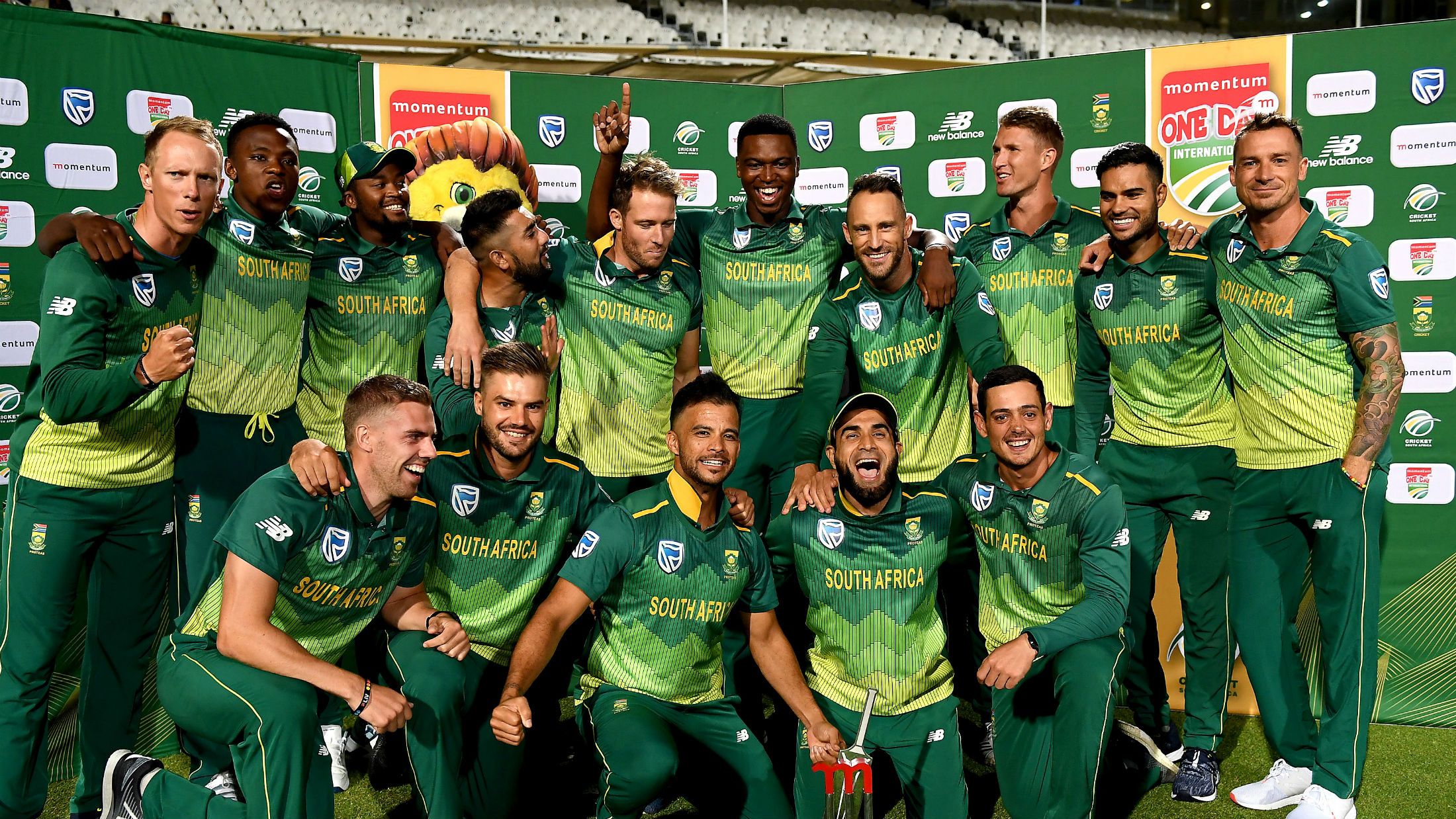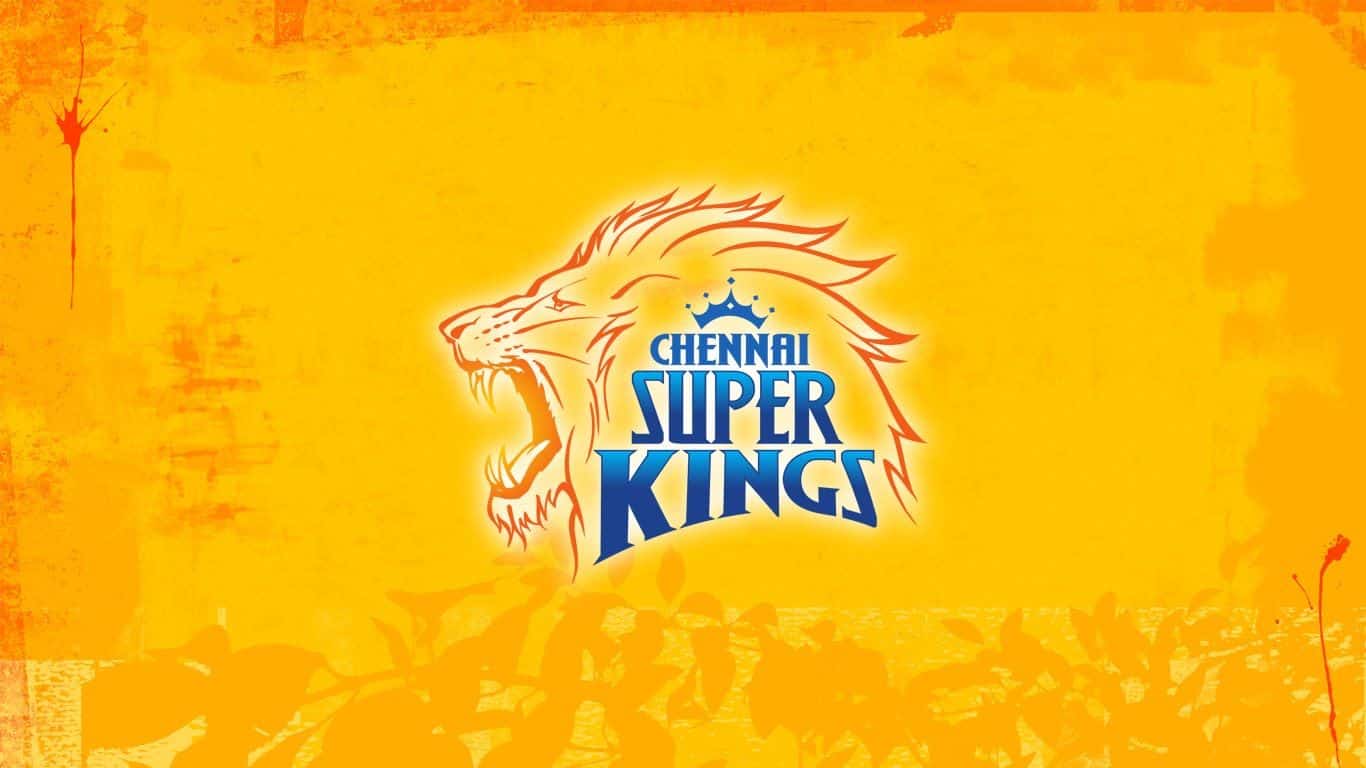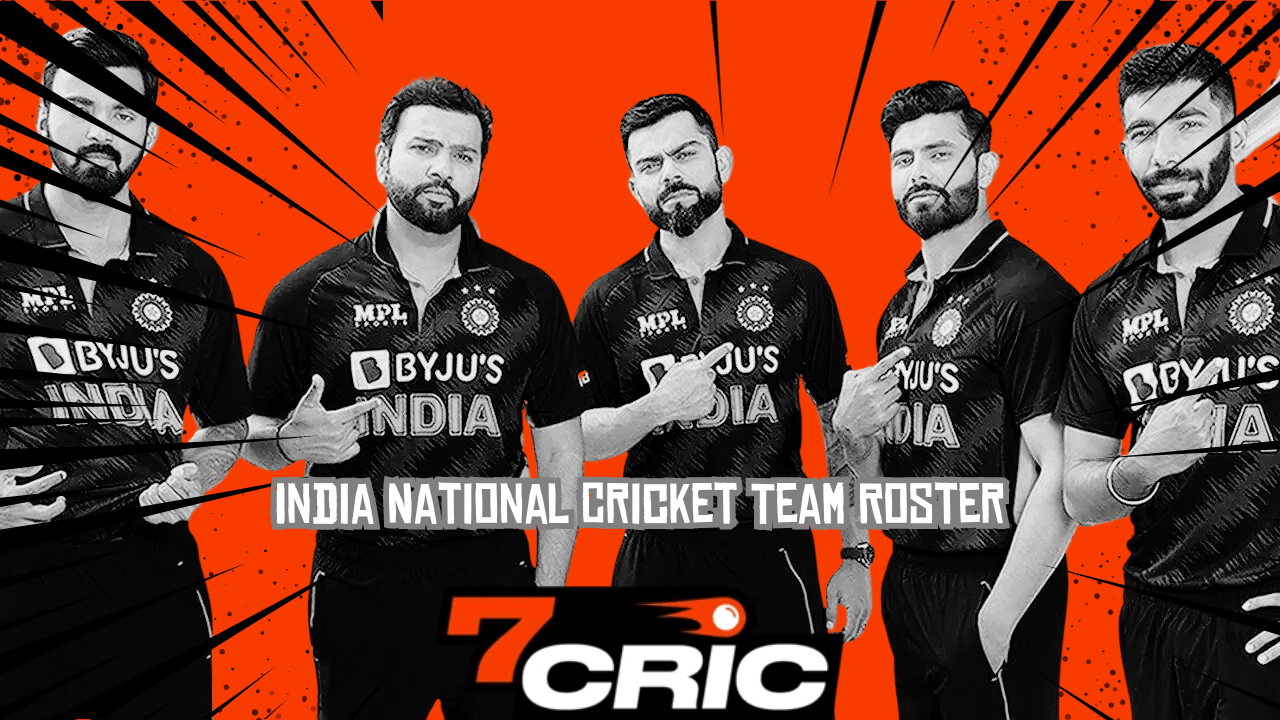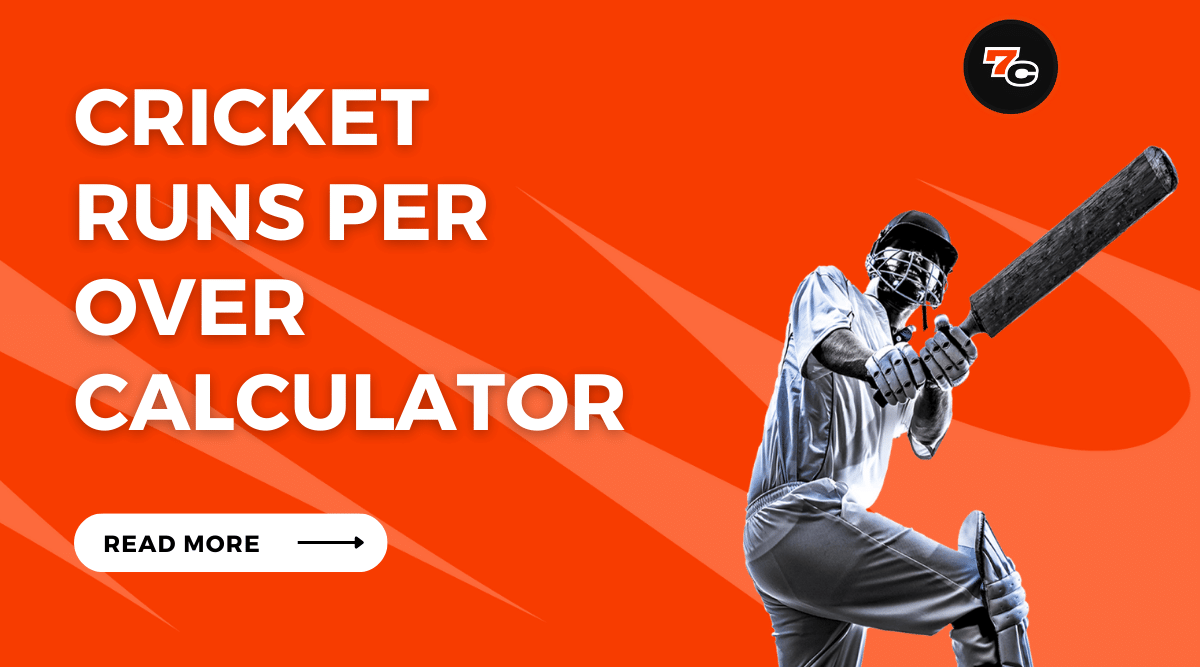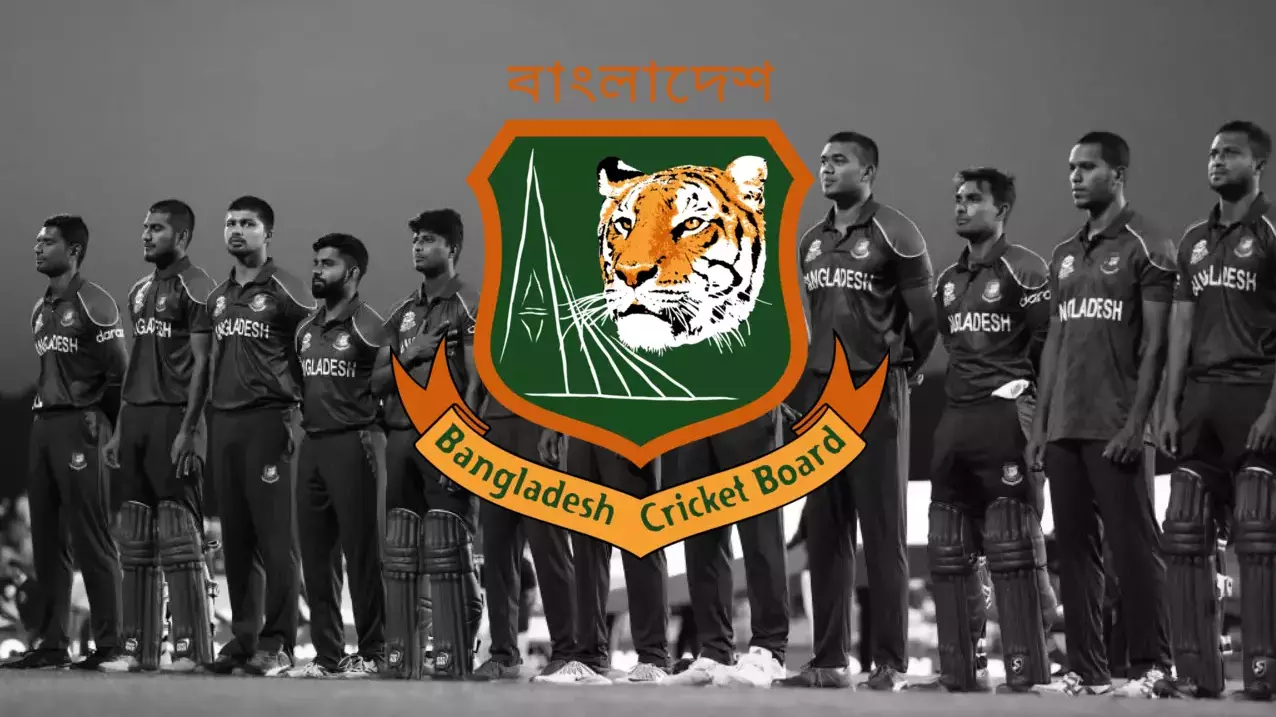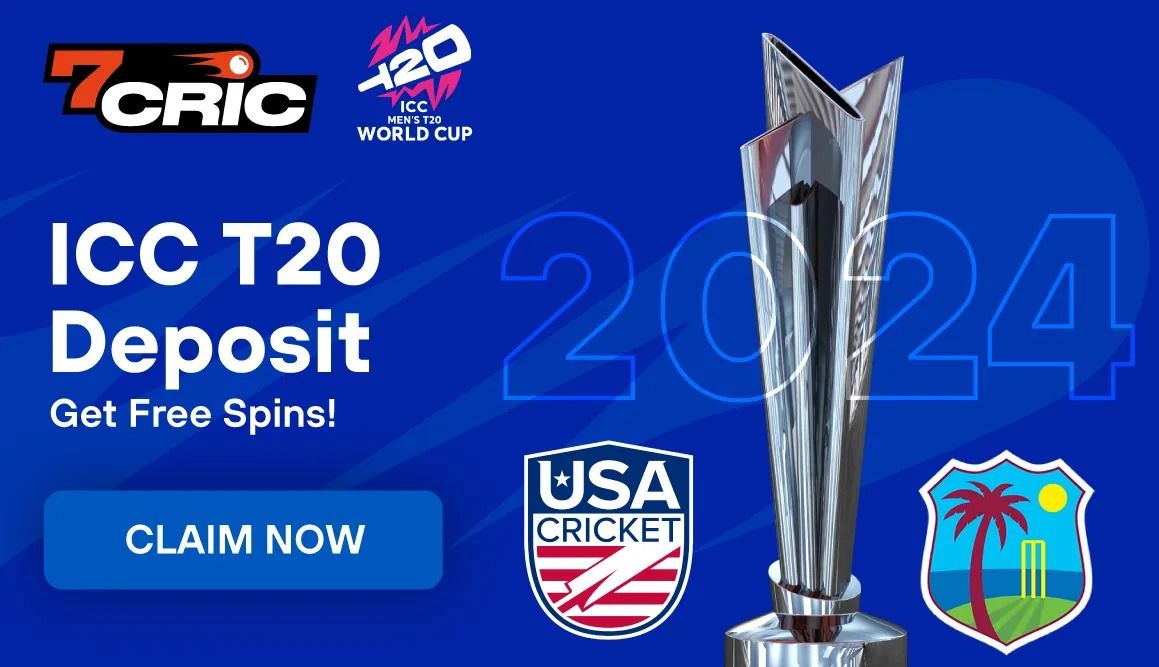Ian Healy’s journey from the modest beginnings in Spring Hill to cricket stardom encapsulates a story of ambition, resilience, and unparalleled dedication.
Born in Brisbane and moving to Biloela during his formative years, Healy found his calling in cricket, a sport that shaped his life’s trajectory.
Despite facing early challenges and fierce competition, he ascended to become one of cricket’s most celebrated wicket-keepers.
His career, marked by numerous milestones and a transition into broadcasting and coaching, showcases a life deeply intertwined with cricket, family values, and a commitment to excellence.
Key Takeaways
- Early Beginnings: Healy's cricket passion was sparked in Biloela, where he initially played among adults.
- Rise to Fame: His skill as a wicket-keeper led to his selection for Queensland and eventually the Australian team.
- Family Legacy: Healy's family, including his brothers and niece Alyssa Healy, have deep ties to cricket.
- Notable Achievements: He broke the world record for dismissals in 1998, showcasing his exceptional skill.
- Leadership: Beyond his playing days, Healy demonstrated leadership as a captain for Queensland and Australian XI teams.
- Media Career: Post-retirement, Healy made significant contributions as a sports news presenter and commentator.
- Coaching Role: He devoted time to coaching, influencing young cricketers at the Somerville House cricket team.
- Radio Host: Healy co-hosted "Breakfast with Pat & Heals," expanding his influence to radio broadcasting.
- Recognition: He was inducted into multiple halls of fame, celebrating his contributions to cricket.
- Legacy Venue: The Ian Healy Oval in Brisbane underscores his lasting impact on Australian cricket.
Ian Healy: A Journey from Spring Hill to Cricket Stardom
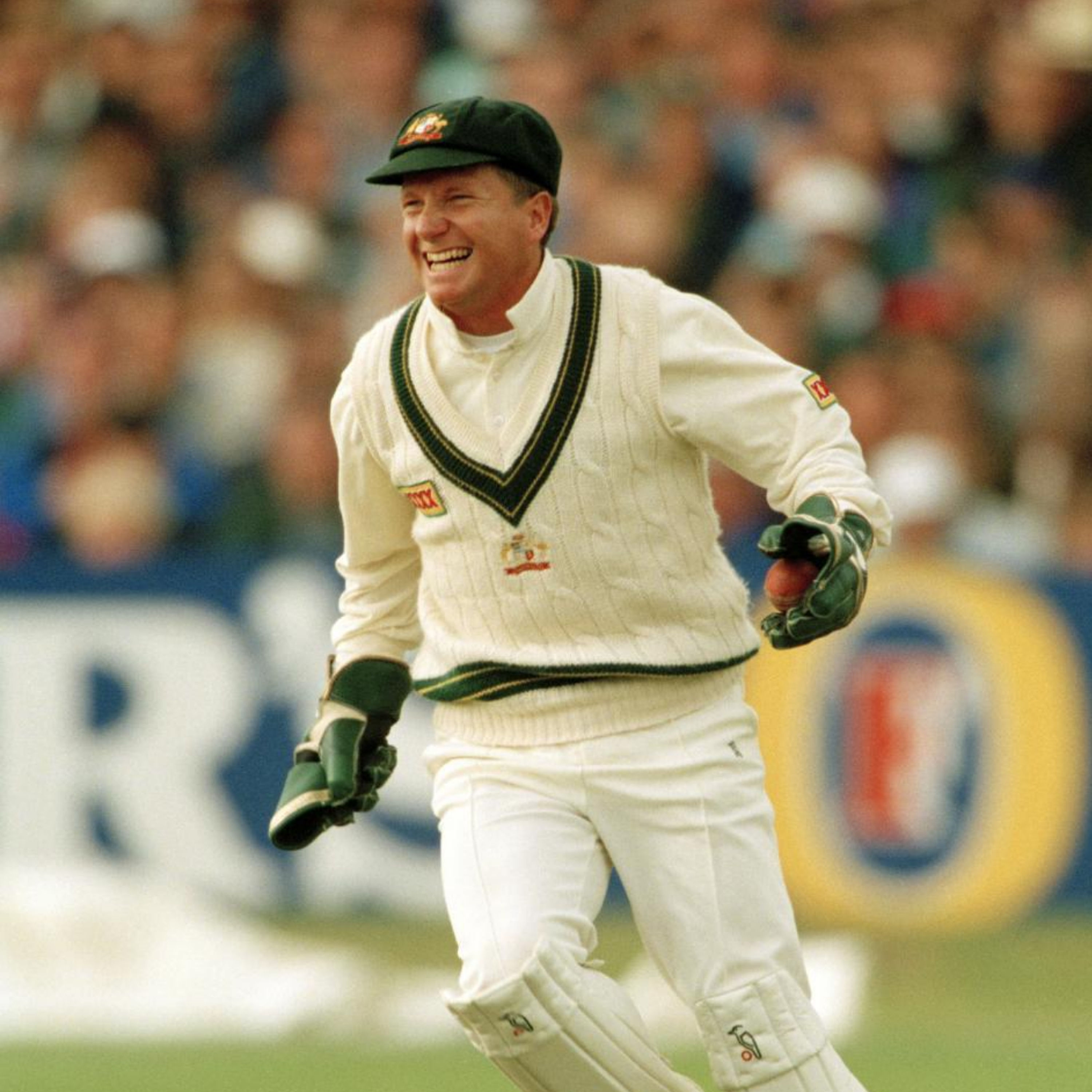
Ian Healy, born in Brisbane’s Spring Hill, took his first steps in a life destined for cricket greatness. His family’s move to Biloela, a small town 600 kilometers north, marked a turning point.
Here, inspired by Rod Marsh, Healy embraced wicket-keeping. He also excelled in basketball, soccer, squash, and rugby league.
In Biloela, young Healy sharpened his skills playing among adults. This experience fast-tracked his cricket development. At 17, returning to Brisbane, he showcased his talent at Brisbane State High School.
His prowess on the field didn’t go unnoticed. Healy then made a significant move, joining Northern Suburbs club, signaling the start of something big.
Despite initially focusing on batting for Queensland Colts, fate had other plans. An injury to Peter Anderson opened the door for Healy’s debut as a wicketkeeper in 1986-87.
Though Anderson’s shadow loomed large, Healy managed six first-class appearances, laying the groundwork for his legendary career.
A Cricket Dynasty: The Healy Family Story
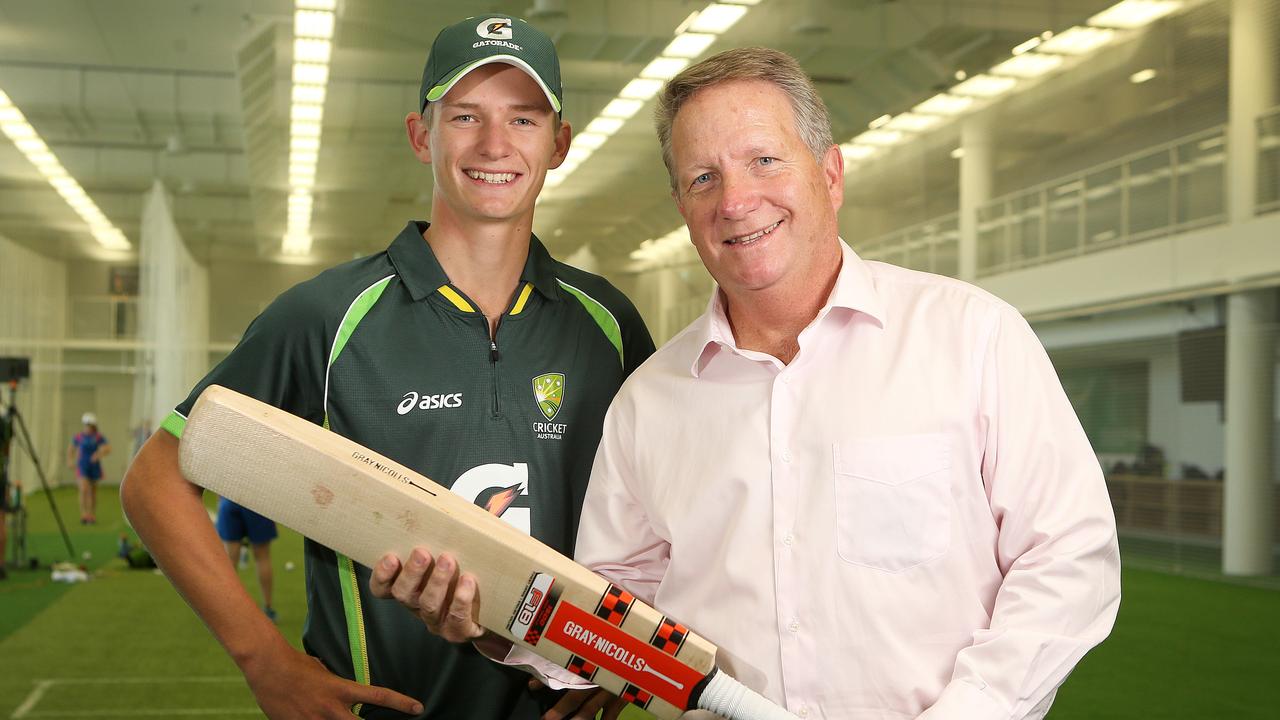
Ken Healy once graced the cricket field for Queensland in a memorable Sheffield Shield match in 1990. Not stopping there, he showcased his talents in a List-A game the following year.
Meanwhile, Greg Healy shared these athletic genes, being part of the Queensland squad too. Their story underscores a family’s deep-rooted connection to cricket.
Home Team Champions
Ian Healy, the family’s cornerstone, cherishes life with his wife Helen. Together, they’re proud parents to Emma, Laura, and Tom.
This trio brings joy and energy into their lives, reflecting the values and love that Ian and Helen share.
Star Power in the Next Generation
Alyssa Healy, Ian’s niece, continues the family legacy with flair. As the wicket-keeper for the Australia women’s national cricket team, she shines brightly on the international stage.
Her marriage to Mitchell Starc, a childhood friend turned Australian fast bowler, in April 2016, added another sports star to the Healy family constellation.
This union symbolizes not just love but a shared passion for cricket that runs deep in their veins.
Surprising Beginnings: Ian Healy’s Leap to Stardom
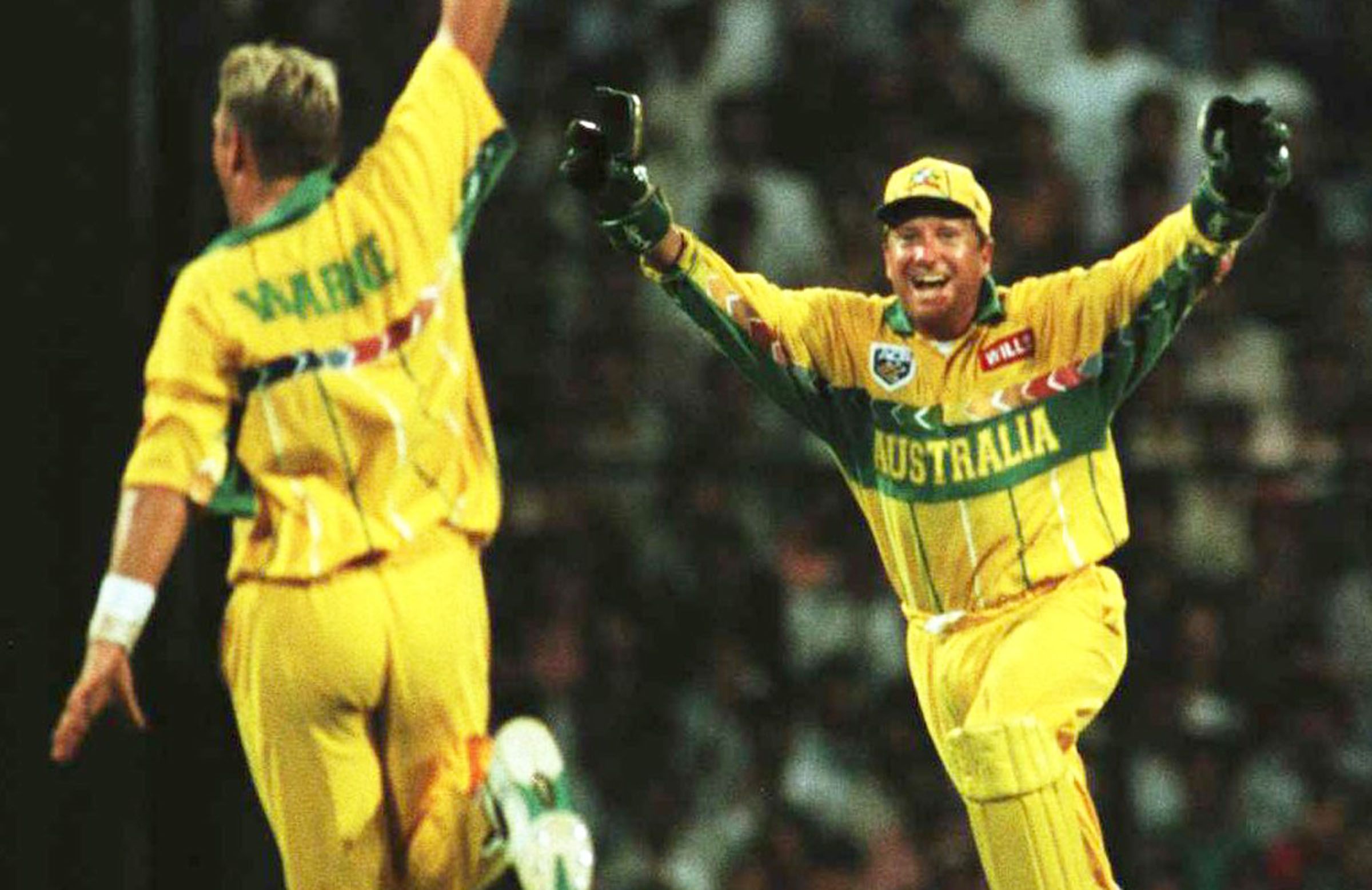
In late 1988, Ian Healy’s unexpected selection for the Australian team to tour Pakistan turned heads. Despite his limited games for Queensland, selectors saw his potential.
Greg Chappell, an Australian selector, recognized Healy’s ability to provide lower-order batting stability. He believed Healy would bring a determined approach that the team desperately needed.
Rising Through the Ranks: The Early Struggles and Triumphs of Ian Healy
Healy initially felt overwhelmed by his rapid promotion. However, the selectors kept faith in him through tough tours in Pakistan and against the West Indies.
Although these series ended in losses, Healy’s persistence paid off. His performance as a wicket-keeper began to shine, especially during the 1989 Ashes in England, marking his rise as a Test-class player.
Ian Healy’s Milestones: First Century and Leadership Roles
By 1993, Ian Healy had found his groove, hitting his maiden Test century in England. His wicket-keeping skills, especially against spinner Shane Warne, became invaluable.
Despite injuries, Healy never let them deter him, missing only one Test match. His leadership qualities also emerged, leading Australian XI and Queensland teams, though he never became the Australian team captain.
A Shift in Dynamics: The ODI Omission and Record-Breaking Achievements of Ian Healy
The 1997-98 season saw a pivotal change when Ian Healy was dropped from the ODI team. This move made room for Adam Gilchrist’s aggressive batting style.
Despite this setback, Healy maintained his excellence in Test cricket. He broke the world record for dismissals in 1998, a testament to his enduring skill and dedication to the game.
An Ungraceful Exit: Ian Healy’s Retirement
Ian Healy’s career did not end as he had hoped. After a challenging tour in Sri Lanka and a brief stint in Zimbabwe, selectors wanted Adam Gilchrist for both Test and ODI teams.
Healy’s requests for a farewell season, or even a single Test, were denied. In October 1999, he announced his retirement, calling for a more respectful farewell for long-standing players in the future.
Beyond the Stumps: Ian Healy’s New Innings
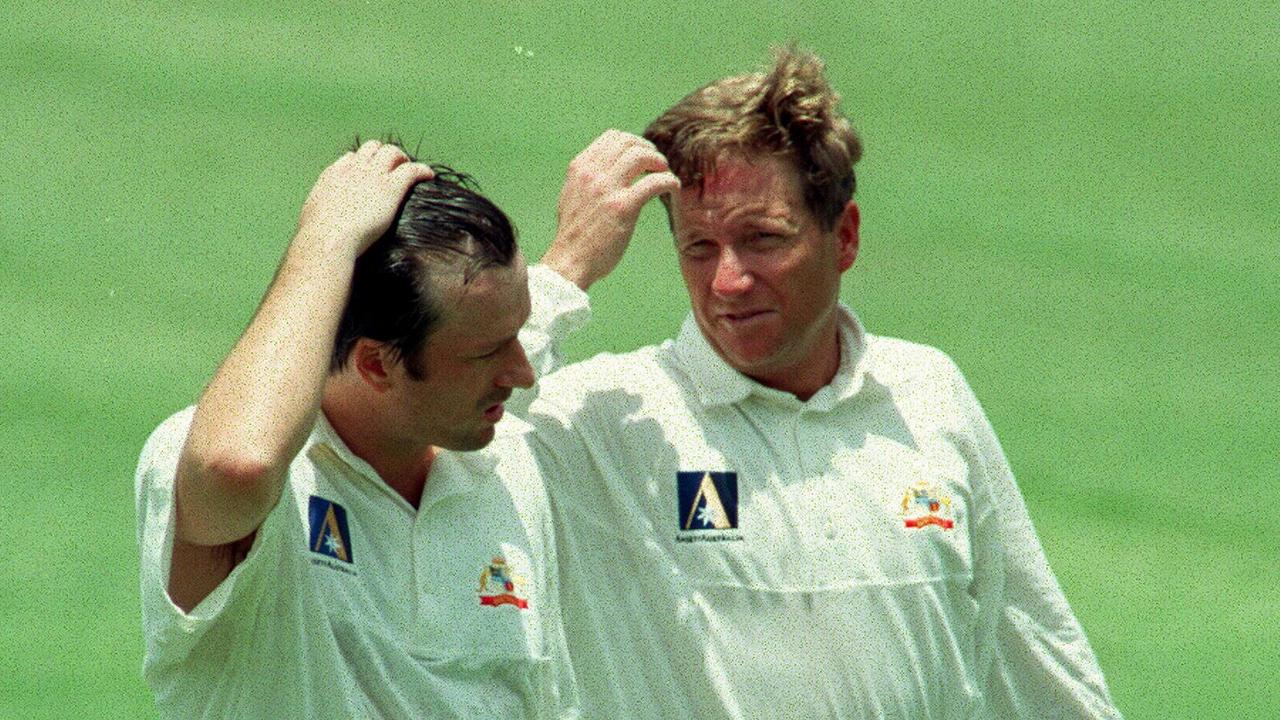
After hanging up his gloves, Ian Healy didn’t just rest on his laurels. The Australian Cricket Board honored him over legends like Rod Marsh and Don Tallon, placing him in their 20th-century team.
In 1994, Wisden celebrated him as a Cricketer of the Year. Then, he traded the cricket pitch for the newsroom, delivering sports news on Nine News Queensland.
Initially, he covered weeknights in 2007 and 2008. Later, he shifted to weekend slots, staying until 2016. Meanwhile, Healy sharpened young minds as a coach for the Somerville House cricket team.
Since 1999, his voice has brought cricket matches to life as a commentator. Recognition from the Sport Australia Hall of Fame came in 2004, with the Australian Cricket Hall of Fame following in 2008.
Ian Healy: From Commentary Box to Breakfast Radio
In 2020, a new chapter began for Healy, co-hosting “Breakfast with Pat & Heals” alongside Pat Welsh. This venture marked the launch of SEN Track in North and South East Queensland.
By 2021, listeners also tuned in on the new digital station, SENQ. The show’s reach expanded in 2022, hitting the 693 AM frequency in Brisbane.
This move came after the Sports Entertainment Network’s acquisition of a Brisbane music station’s license, bringing a fresh start to 693 SENQ.
Moreover, 2021 saw the Ian Healy Oval in Brisbane ascend to first-class cricket venue status, cementing Healy’s legacy in the sport.
Frequently Asked Questions (FAQs)
What triggered Ian Healy's interest in cricket?
Ian Healy’s passion for cricket ignited in Biloela, where he admired Rod Marsh and honed his skills among adult players. This early exposure fast-tracked his development and set him on a path to stardom.
How did Ian Healy transition into media and coaching after retirement?
Post-retirement, Healy transitioned into media by delivering sports news on Nine News Queensland and later became a respected cricket commentator. He also took up coaching, shaping young talents at the Somerville House cricket team.
What accolades has Ian Healy received throughout his career?
Healy’s contributions to cricket were recognized with his induction into the Australian Cricket Hall of Fame in 2008 and the Sport Australia Hall of Fame in 2004. His exceptional wicket-keeping also earned him a spot in Australia’s 20th-century team and the title of Wisden Cricketer of the Year in 1994.


